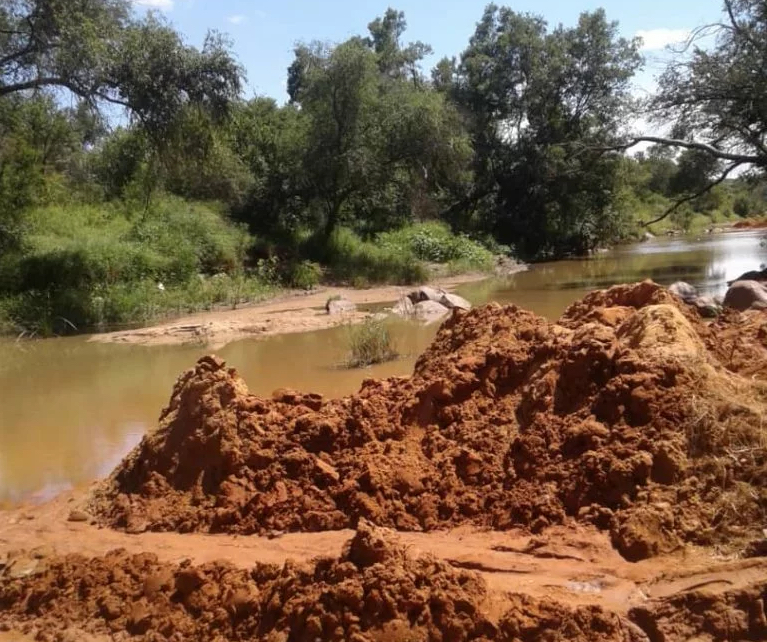Bulawayo Mayor David Coltart says the city’s water crisis will only worsen unless both short-term and medium-term solutions are implemented.
On Wednesday, Minister of Justice, Legal, and Parliamentary Affairs Ziyambi Ziyambi revealed that the government would not declare Bulawayo a water disaster area, attributing the city’s water crisis to mismanagement by local authorities.
However, Coltart insists that the situation is dire, describing it as a major catastrophe.
“Our six dams are sitting at 30% capacity. We expect them, even in bad years, to be at 50–60% capacity at this time, but they are at 30%. This is compounded by several issues. Firstly, we have experienced much higher temperatures this winter than usual, resulting in higher evaporation levels. Additionally, the nature of our water reserves worsens the situation,” he said.
He explained that Bulawayo relies on six dams, four of which are close to the Ncema pump station—Umzingwane, Lower Ncema, Upper Ncema, and Inyankuni. The remaining two, Insiza and Mtshabezi, are further away.
“The problem we face is that we have been drawing the bulk of our water from areas near Ncema. Umzingwane has been decommissioned, Upper Ncema is about to be decommissioned, Lower Ncema will be decommissioned very soon, and Inyankuni is sitting at 20%,” he explained.
Coltart warned that once all these dams are decommissioned, the city will rely on the remaining water from Insiza and Mtshabezi. However, the pipelines from these dams to Ncema are inadequate.
“They cannot pump enough water to meet our needs. Although there is a reasonable amount of water in both dams, the pipelines are deficient. We do have a plan to upgrade them, but we need funding from the government,” he said.
The Mayor also highlighted the detrimental impact of illegal gold panning in the city’s catchment areas, despite the government’s recent announcement of a ban on gold panning in river systems.
“Nothing has been done. There’s no action on the ground, and frankly, our rivers are being decimated, and so are our catchment areas,” he said.
He added, “These gold panners have dug huge trenches in our rivers, and the only way we will get water into our dams is through a cyclone. If we receive normal rainfall, it will be trapped by all these diggings and trenches, and we will struggle to get water into our dams. This is one of the reasons why Umzingwane is so low, despite the rainy season we had last year. It wasn’t the worst, but Umzingwane is low because the river didn’t flow due to the rampant gold mining that is taking place.”
Coltart clarified that unlike other cities such as Harare, Bulawayo’s water problem is not related to the delivery systems but rather a shortage of raw water.
“Our delivery systems, although old and worn down, still get water to all parts of the city when it’s available. The problem is we don’t have enough raw water,” he explained.
“The situation is further compounded by other factors, like ZESA. We have highly sophisticated pumps that cannot just be switched on and off; they need to be shut down sequentially. Unannounced ZESA cuts cause chaos with our pumps at Ncema, making it difficult to pump the water that is available from Ncema to Criterion.”
Coltart outlined several urgent measures needed to address the crisis: “First, we need the US$14 million that Finance Minister Mthuli Ncube promised to upgrade the pipelines from Insiza and Mtshabezi so we can access more water. Second, we need the government to deploy more police or the army to Nyamandlovu to replace the stolen pumps and double our capacity there. Third, the authorities must stop the rampant degradation of our catchment areas by gold panners.”
He also called on the Cabinet to approve the construction of the new Glass Block Dam, which he said could be a game-changer. “It will take two years to build, but once completed, it will dramatically improve our water situation. If it isn’t built, the current crisis will persist,” Coltart warned.
In addition, Coltart criticized the lack of progress on the Gwayi-Shangani Dam, which has been touted as a long-term solution to Bulawayo’s water woes.
“There is no construction happening at Gwayi-Shangani, which has been touted as the solution. Even if it’s built, we’ll need to construct a 257 km pipeline from Gwayi-Shangani to Bulawayo, which is 600 meters higher in elevation than the dam. Pumping water over such a distance and elevation requires an enormous amount of electrical power, which we currently do not have as a nation. Even if we had the electricity, delivering that water would cost five times more than our current water supply,” he said.

